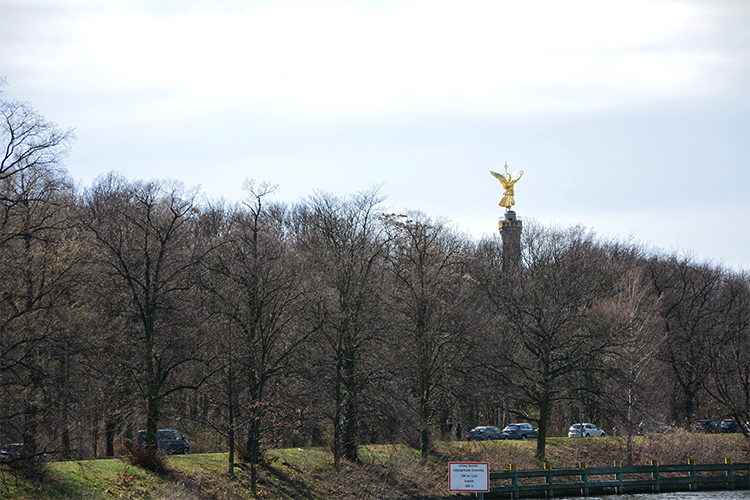
Thinking the city through COVID-19
– from Xenia Kokoula, Berlin, 26.05.2020
In March 2020 work and everyday life was suspended, put on hold for millions of people. Suddenly confined within their homes, in front of their sketchbooks and laptops, architects and planners offered their own responses to this unprecedented crisis. Combining creativity, speculative critical thinking and their problem-solving skills, many have already started imagining the post-COVID city. I have been following those endeavors from my practicing colleagues with fascination and unease. My fascination stems from the ability of architecture to offer hope for healing the collective trauma, for making urban life possible again. My unease, on the other hand, has more complex roots. Not so long ago we put our faith in architecture’s power to heal: If, the thinking went, space itself made us sick, wouldn’t it be possible to design spaces that keep us healthy? So instead of grabbing a pencil I felt the need to go back to the centuries old discourse about epidemics, health (mental as well as physical) and the built environment. Instead of thinking the post-COVID, recovered city, I started thinking the city through its unhealthy history.
Think of the Justinian plague in the 6th century, the black death in the middle ages, the smallpox epidemic in the Americas and the Caribbean, or more recently the so-called Spanish flu. Those epidemics were not only a trigger of spatial transformation; they shaped a discourse around space as a contributing factor. All spatial scales from the territorial, the urban, the architectural, the domestic, down to the space of the body were involved in a discourse of medicalization. This profoundly influenced architecture and even spawned a couple of related but distinct disciplines; landscape architecture and urban planning owe their very existence to cholera and typhus. A precursory look into the works of Ildefons Cerda, Camillo Sitte, Le Corbusier and the early CIAM—to name just a few—reveals just how central public health was to any forward-looking architectural or urban project.
Have we ever really abandoned modernism and its explicit promises of designing a space to keep us healthy? Or is everyday life and its socio-spatial order still implicitly regulated from our collective spatial fears, the fears of disease, impurity and contagion, fears of touching, of crowds, of strange encounters? Aren’t our newly elaborate rituals of cleansing, disinfecting, socially distancing evidence that we still consciously or unconsciously put our faith in space to make us sick and keep us healthy? Even if some of those fears are irrational and imagined, they result in a series of very real separations, boundaries and dichotomies that are inscribed in the urban landscape: the boundaries between healthy and sick bodies, between pure and polluted spaces, between safe and dangerous practices. My task of thinking about the city through – not post- COVID 19 thus begun to take shape: It involves questioning those simple dichotomies in the face of an increasingly interconnected world, crisscrossed through flows of people and other species, of goods, raw materials, and mutating viruses and in the context of the conditions of vulnerability and precarity that unequally affect us.
+
The image depicts the Tiergarten in Berlin as seen from the Spree. It was designed as a public park by Peter Joseph Lenné in 1840 as a response to recurring cholera epidemics. Source: Authors own.
POST(COVID)CARDS
